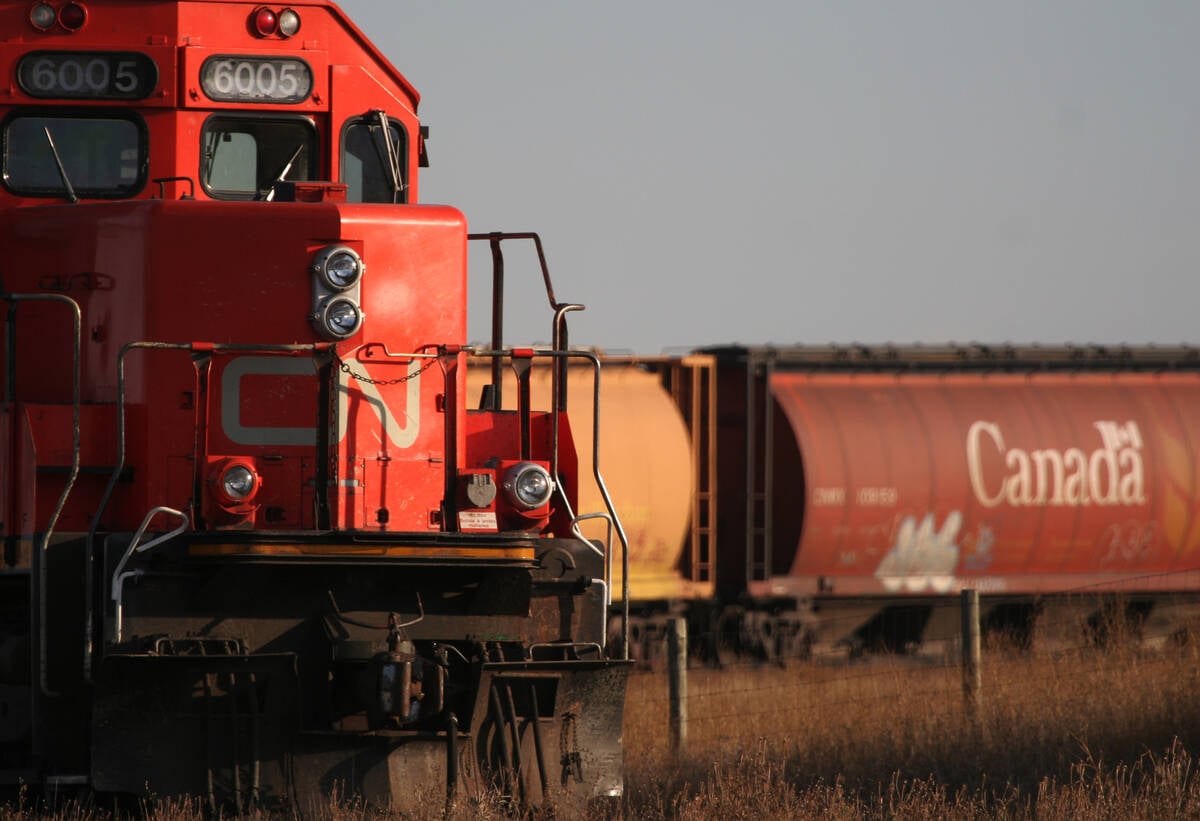World Trade Organization negotiators sound more confident than usual that they will be able to make a breakthrough on liberalizing agricultural trade.
It is a good thing, given that they face an end of July deadline.
Negotiators talk about bringing discipline to export subsidies, reducing other subsidies and addressing the needs of developing countries.
We wish them well because it has been clear for a long time that most farm subsidization creates inequities and distorts markets. However, those who think a WTO agreement on agriculture will increase grain prices are overly optimistic.
Read Also

Working groups established to address challenges in the containerized and bulk movement of commodities
CN is working with the pulse and special crops sector on resolving challenges in shipping those commodities.
Even with an agreement, there will be room for governments to support farmers. While the subsidization programs in Europe and the United States might have to change, these two agricultural giants will continue to produce enormous amounts of food.
There is a possibility that Europe might reduce its grain exports, but it will come at the same time that Russia, Ukraine and other former Soviet republics boost production.
We saw two years ago what a bumper grain crop in the Black Sea region can do to prices.
Now, the Australian Bureau of Agricultural Resource Economics, or ABARE, says that by 2008-09, Russia will export seven million tonnes of wheat and three million tonnes of feed grains.
Officials of the Canadian Wheat Board toured the region last year and have a different take.
They say rising grain production in the region will largely be directed to feeding the rebuilding livestock sector, devastated in the economic upheaval when communism ended a decade ago.
Also, the wheat produced there is of a lower quality than Canadian wheat and will not directly compete.
But ABARE also noted the quality difference, and said buyers are increasingly blending lower quality wheat with quality product to meet their needs.
In oilseeds and corn, South America is the growing competitor as we have reported in detail this year.
But what of demand?
China is often cited as the buyer that will soak up all this extra production.
Chinese grain production has been falling since the late 1990s and demand has outstripped production, causing a drawdown in its stocks.
Facing disastrous incomes, peasant farmers were travelling to cities to find better paying jobs as labourers.
If the trend continued, China indeed would become a major importer again, but the Chinese government is trying to turn the tide.
Beijing has lowered the agriculture tax, given subsidies directly to grain growers and set minimum purchase prices for staple grain products.
For the first time since 2000, China this year is expected to produce more grain than the year before. The reason is more related to weather than policy, but early signs are that farmers are responding positively to the initiatives.
Another problem has been the intrusion of urban development into agricultural land.
At the end of 2003, China had 305 million acres of farmland, down 17 million since 1996.
Beijing has also started to limit urban and industrial sprawl. The intense pressure of urbanization and severe stress on irrigation water supply makes it hard to believe China can go back to complete grain self-sufficiency, but these reforms will probably slow the arrival of a large and lucrative Chinese export market.
For all these reasons of fundamental supply and demand, it appears unlikely that a world agreement on agriculture trade by itself will usher in sustained profitable grain prices.














